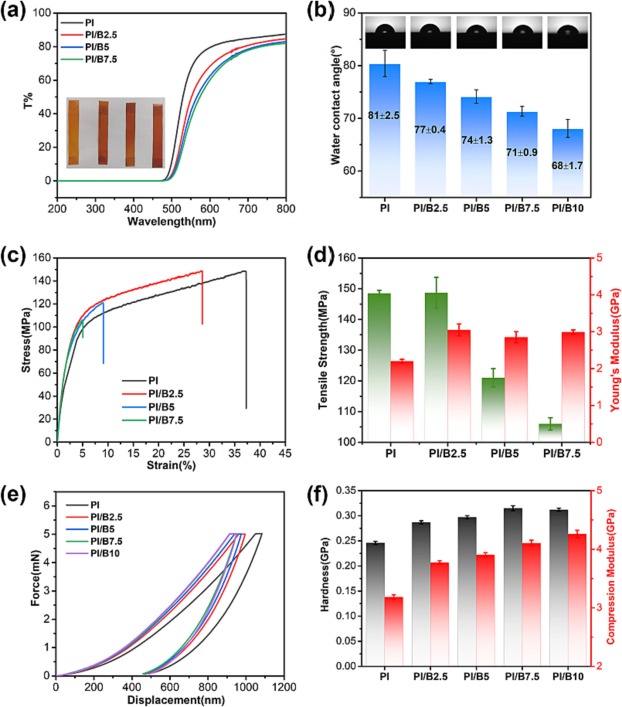Abstract
Hydrogel is emerging as a new water-based lubricant due to its enhanced load-bearing capacity and lubrication effect in industrial process and biological application. But the loss and degradation issues in long-term usage become a bottleneck for its further development. Hence how to realize the continuous supplement of hydrogel lubricant in the friction process with an instant response to shear stress becomes a highly expected goal. In this study, inspired by the regeneration of cartilage, a surface engineering strategy is first put forward based on chemically active interface and cross-linking gelation, in which Borax as cross-linking agent is released in-situ with the grinding debris in friction process from polyimide/Borax composite coating into the polyvinyl alcohol (PVA) solution, followed with instant gelation to form effective lubrication mediate layer between contact interface. The combined experimental and molecular dynamics simulation studies suggest that the enhanced intermolecular interaction in hydrogel layer which highly depends on cross-linking degree, together with hydrodynamic effect is responsible for the excellent lubrication and high adaptability to various working condition even under the high contact stress of 175.90 MPa. The similar tribological performances in other chemically active interface-fluid combination systems demonstrate the versatility of this facile strategy.

Keywords Plus:HYDROGELS
Published in CHEMICAL ENGINEERING JOURNAL,Volume477,10.1016/j.cej.2023.146863;DEC 1 2023


